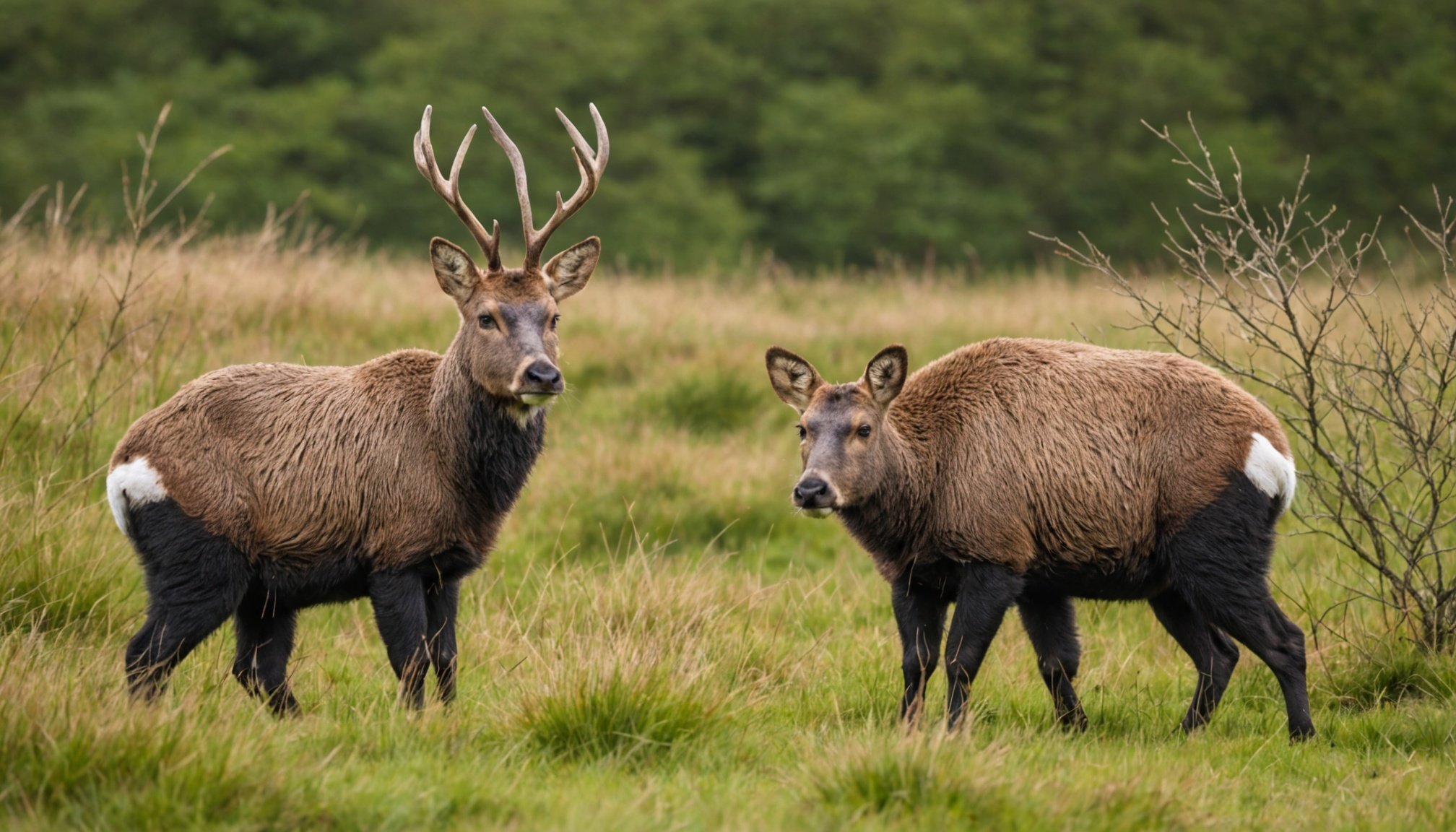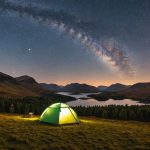Overview of UK National Parks
The UK national parks offer a rich tapestry of diverse wildlife and native habitats, each park contributing uniquely to the nation’s ecological wealth. These areas, meticulously protected for conservation, ensure the survival of countless species and provide unrivalled opportunities for wildlife tours. Every park’s protection is crucial to maintaining its diverse ecosystems and vibrant populations. This is where conservation efforts come into play, safeguarding the delicate balance necessary for thriving biodiversity.
There are various tour options available across UK national parks, catering to different preferences and interests. Whether you’re looking for a leisurely exploration or a more adventurous wildlife experience, there’s something for everyone. These wildlife tours range from guided walks exploring the flora and fauna of native habitats to comprehensive tours showcasing iconic wildlife species. Each tour not only offers a glimpse into these stunning environments but also educates participants on the importance of conservation.
Also to see : Explore the Best UK Museums Showcasing In-Depth Exhibits on British Colonial History
Visitors planning to embark on these tours have numerous choices. From the plains of Exmoor to the peaks of Cairngorms, the parks present a plethora of opportunities to observe wildlife in their natural settings. Leveraging the expertise of local guides can significantly enhance your experience, providing in-depth insights into the ecosystems and ensuring an informative exploration.
Top UK National Parks for Wildlife Tours
Embarking on a journey through the best UK national parks offers unmatched wildlife experiences.
Also to see : Top UK Museums Showcasing In-Depth Exhibits on British Espionage History
Exmoor National Park
Exmoor captivates with its rugged landscapes, combining dense woodlands and open moorland. Known for wild red deer and the iconic Exmoor pony, it’s a haven for nature enthusiasts. Guided tours are abundant, offering insights into this unique ecosystem.
Cairngorms National Park
Home to a wealth of highland wildlife, Cairngorms showcases habitats ranging from mountains to pine forests. Seasonal opportunities abound, including spotting the elusive capercaillie and red squirrels. Expert tips: visit during spring for vibrant flora or winter for striking snowy landscapes.
Pembrokeshire Coast National Park
Renowned for coastal and marine wildlife, Pembrokeshire teems with birds and seals. Tours often highlight conservation efforts, providing glimpses into thriving aquatic ecosystems.
Loch Lomond & The Trossachs National Park
Boasting rich biodiversity, this park provides easy access to enthralling wildlife tours. Photographers and nature lovers find inspiration amid its picturesque scenes.
New Forest National Park
Explore the unique ecosystems of ancient woodlands sheltering deer and various bird species. Visitor-friendly tours provide intimate encounters with nature, ensuring memorable experiences.
These parks demonstrate the UK’s profound commitment to preserving its natural heritage while offering diverse avenues for engaging with its vibrant wildlife.
Unique Habitats in UK National Parks
Delving into the unique habitats within UK national parks, one quickly discovers an extraordinary tapestry of ecological diversity that nurtures a multitude of wildlife habitats.
Wetlands and Peat Bogs
Wetlands serve as crucial bastions for biodiversity. They act as natural water filters and homes to myriad species, including rare birds and amphibians. If you’re aiming to explore these vital ecosystems, Dartmoor and Snowdonia are excellent choices. Here, the unique conditions of peat bogs support species like the bog asphodel and the carnivorous sundew, offering enchanting sights for avid naturalists.
Coastal Areas
A visit to the UK’s coastal areas reveals vibrant marine ecosystems teeming with life. Parks like Pembrokeshire Coast and the Norfolk Broads provide opportunities to witness seals, seabirds, and even dolphins. Exploring these regions unveils the beauty of underappreciated coastal habitats, highlighting their significance in preserving marine biodiversity.
Woodland Habitats
Ancient woodlands stand as majestic sanctuaries for wildlife, supporting diverse species year-round. National parks such as the New Forest and Epping Forest offer sprawling woodlands where you can spot everything from deer to the elusive nightjar. When observing wildlife here, patience and silence are virtues, allowing nature’s spectacle to unfold without disturbance.
Wildlife Tour Options
Exploring wildlife tours in the UK reveals a wealth of choices, each providing distinct opportunities to connect with nature. From leisurely walks to thrilling boat expeditions, these tours cater to diverse interests. Walking tours, often hosted by knowledgeable guides, allow visitors to bask in the serene beauty of nature while learning about local species. Cycling tours offer a more active approach, perfect for those looking to cover more ground efficiently. Boat tours provide a unique perspective, especially in parks with significant water bodies or coastal areas.
Opting for eco-friendly and sustainable tour operators not only benefits the environment but enhances the overall experience. These operators prioritize minimal environmental impact, helping preserve the delicate balance of native habitats. The guides’ intimate knowledge of the landscape further augments this experience, offering insights that deepen understanding of the ecological dynamics at play.
Local guides possess an unrivalled grasp of the terrain and its inhabitants, ensuring every wildlife exploration is both educational and captivating. Their expertise can mean the difference between glimpsing a rare species and missing the moment entirely. By choosing tours that emphasize conservation and sustainability, participants contribute positively to the ongoing efforts to protect these ecosystems for future generations.
Practical Visitor Information
Exploring UK national parks requires thoughtful planning to maximise your wildlife experiences. Timing your visit is crucial, especially if you seek captivating wildlife observation. The best times of year are often spring and autumn when many species are most active, a bounty for observers and photographers alike.
Packing appropriately is another vital consideration. Essentials for a wildlife tour include binoculars for close-up observations, a camera for capturing those special moments, and comfortable clothing suited to changeable weather conditions. Ensure you layer up or pack waterproof gear, depending on the season.
Travelling with family? You’ll find many national parks offer family-friendly activities, from simple nature trails to interactive wildlife centres, catering to various age groups and fitness levels. Accessibility is also a priority, with several parks providing options for differently-abled visitors, including paths and facilities suited to wheelchairs.
Lastly, acquiring national park tips from visitor centres or online resources can be enriching. These insights offer guidance on responsibly navigating eco-sensitive areas and enhancing your appreciation of these majestic landscapes. By preparing mindfully, your visit will be both enjoyable and respectful of the unique environments these parks strive to protect.
Expert Tips for Maximizing Your Wildlife Experience
Maximising your wildlife viewing in UK national parks involves blending respect for nature with a keen eye for wildlife photography. Preparation begins before you even set off. Equip yourself with quality binoculars and a reliable camera; these tools are invaluable for both observation and capturing nature’s splendour.
When engaging in wildlife watching, patience is your ally. Move quietly and avoid sudden movements to ensure you don’t disturb the natural setting. Position yourself with the sun behind you to illuminate your subjects naturally, adding drama to your captures.
For photographs that resonate, consider the rule of thirds. Frame your shots to place interesting features off-centre, guiding the viewer’s eye into the composition. Additionally, utilise the golden hours of dawn and dusk when natural light is most flattering.
Embrace technology with resources and apps designed to enhance your experience. Tools like Merlin Bird ID provide quick identifications, while platforms such as iNaturalist offer community insights into local species, enhancing real-time learning.
Remember, the essence of a fulfilling wildlife tour is respecting the habitats you explore. Leave no trace, maintain silence, and your encounters with nature will be both memorable and meaningful.




















